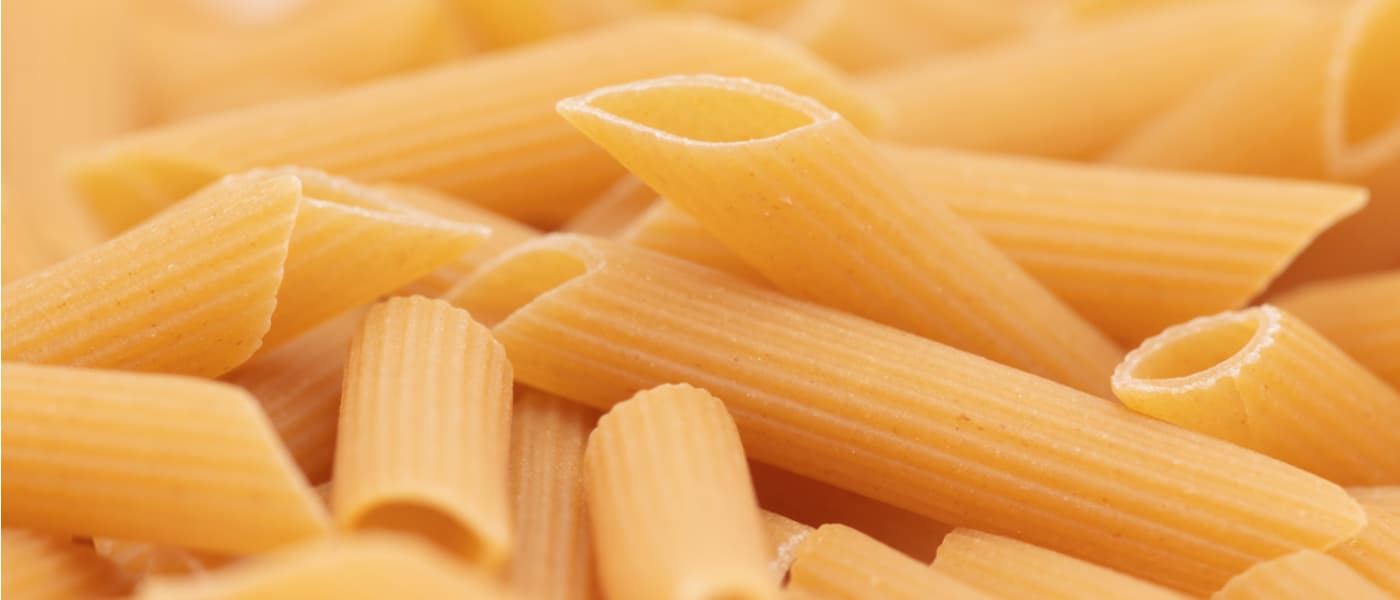You might wonder about macros and nutrition, especially when trying to lose weight. When we first start on a weight loss plan, we’re often overwhelmed by the amount of information online. What should we eat? How much should we eat? What’s the best diet? The answers to these questions are different for everyone, making nutrition and fitness complicated.
However, there is one common denominator that can help you achieve your fitness goals: macros.
What are macronutrients?
Before we dig into the specifics of how to count macros, it’s important to get a sense of what macronutrients are in the first place.
A macronutrient is a nutrient that provides calories or energy. There are three macronutrients: carbohydrates, proteins, and fats. All three are essential nutrients you need to survive—your body requires large amounts of macronutrients and calories for basic biological functions (like pumping blood through your veins and keeping your organs working).
In contrast, micronutrients (which include vitamins and minerals) provide essential compounds for survival but only require very small amounts per day compared to macronutrients.
How do they help with weight loss?
When trying to lose weight, you’ve probably heard a lot about the importance of macros. But what are macros, and should you be tracking them? Here’s everything you need to know about this popular diet trend.
The first step toward understanding the role of macros in weight loss is knowing what they are: macronutrients. Macronutrients (or “macros”) provide your body with calories for energy production and physical activity. Protein, fats, and carbohydrates are all macronutrients, but there’s more to it than that. You can’t just eat whatever is on hand; macros must be chosen carefully. Otherwise, you won’t get the nutrients you need to build muscle or burn fat efficiently—and if you don’t do those things properly, well…you won’t lose weight!
Still not sure how macros play into weight loss? We’ll break it down by explaining how many calories each macro contains and some tips on tracking your intake so that they help rather than hinder progress towards your goal of healthy living through better eating habits.”
What are the benefits of tracking macros?
You can also get creative and adjust your diet to meet your needs. For example, if you’re training for a marathon and are concerned about fueling up enough during the event, you can eat foods with more carbs than usual. You could even eat some of the same foods you enjoy on a typical day!
Do I need to track my macronutrients when starting a weight loss plan?
You don’t need to track your macros when you first start a weight loss plan, but it’s a good idea to learn about them right away. Starting with an app that tracks calories (as opposed to tracking macros directly) is one way of doing this, or you can keep it old school and use pen and paper. Either way, counting calories will help you develop the mindset of learning to become more aware of how much food you’re eating. This will benefit your overall health—not just weight loss.
How can I find my macros?
It’s easy to find macros: Simply Google “macros calculator,” and you’ll be presented with many options. You can play around with the calculators until you get one that asks questions about your personal health and fitness goals, which will give you a starting point for your macro intake.
Remember that the calculator’s numbers are only estimates, so don’t feel discouraged or frustrated if they aren’t correct at first. It may take some trial and error before you figure out what works best for your body—but once you do, it will be worth it!
Tracking macros can help you lose weight, but it’s not for everyone.
Tracking macros is a good way to help you lose weight, but it’s not for everyone. It can be time-consuming and complicated, especially if you’re new to dieting. If you have a specific weight loss goal and are more of an experienced dieter, tracking macros may be for you.

Related Stories
Red, White, and Soothe: How HiDow Helps You Recover in the Heat
Recovery that works in winter doesn’t always hold up in the heat. The body reacts...
Jul
Massage Gun Showdown: How the Power Duo Compares to Traditional Methods
Have you ever considered that a handheld device could revolutionize your muscle recovery? With the...
Jun
Fatherly Fitness Tips For Men’s Health Month
Men’s Health Month is more than a date on the calendar—it’s a call to action....
Jun
Built to Move: The Everyday Recovery Edit
Movement is what keeps us going—literally. Whether it’s recovering after a run, loosening up after...
Jun
Unlocking The Secret To Tissue Injury Recovery With TENS/EMS Devices
Have you ever wondered why some injuries take longer to heal than others? Tissue injuries...
May
Get Mobile With HiDow TriggerFlex Tools & TriggerFlex 2.0
Tight muscles holding you back? Whether you’re dealing with daily tension or post-workout soreness, recovery...
May